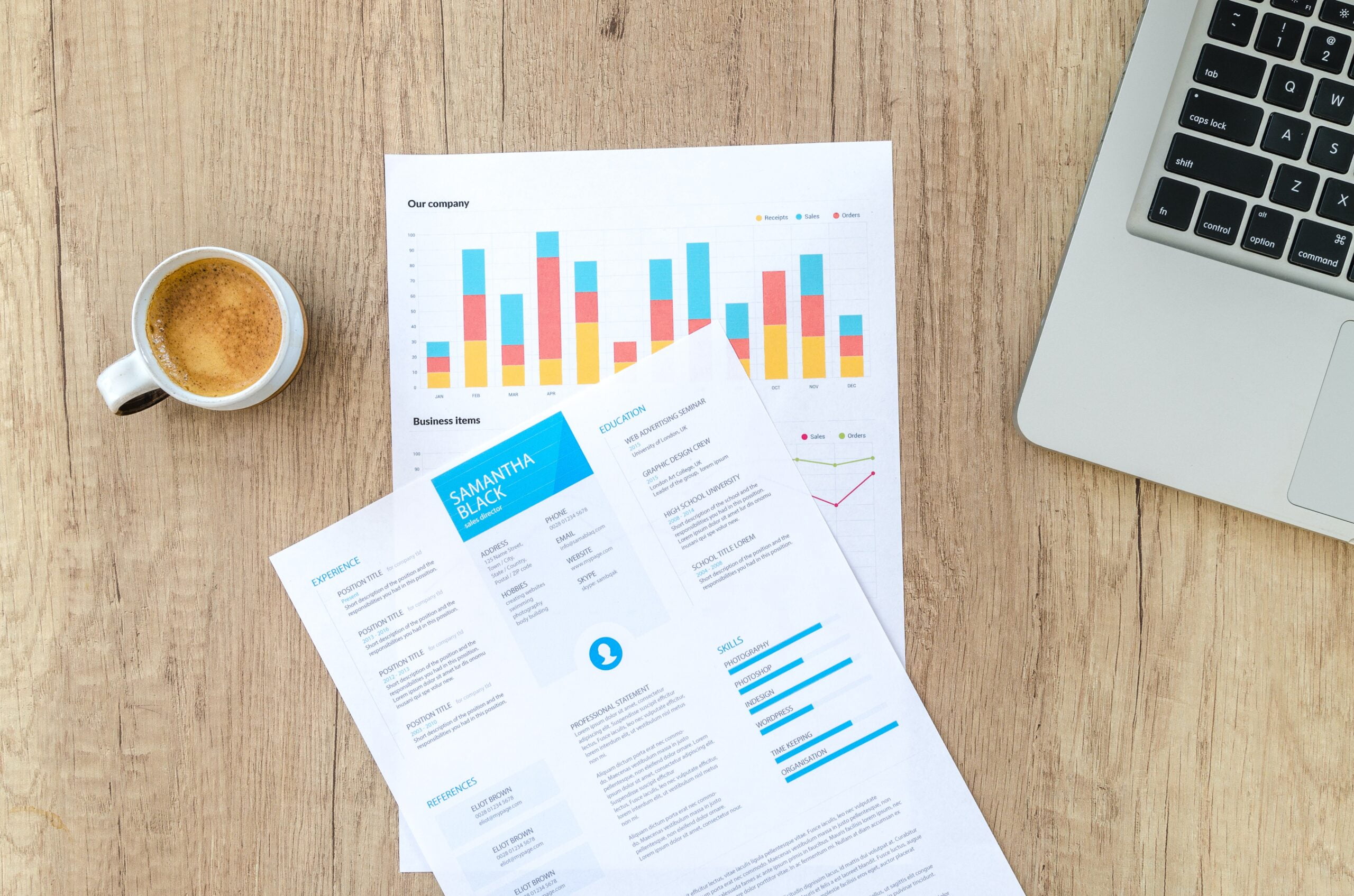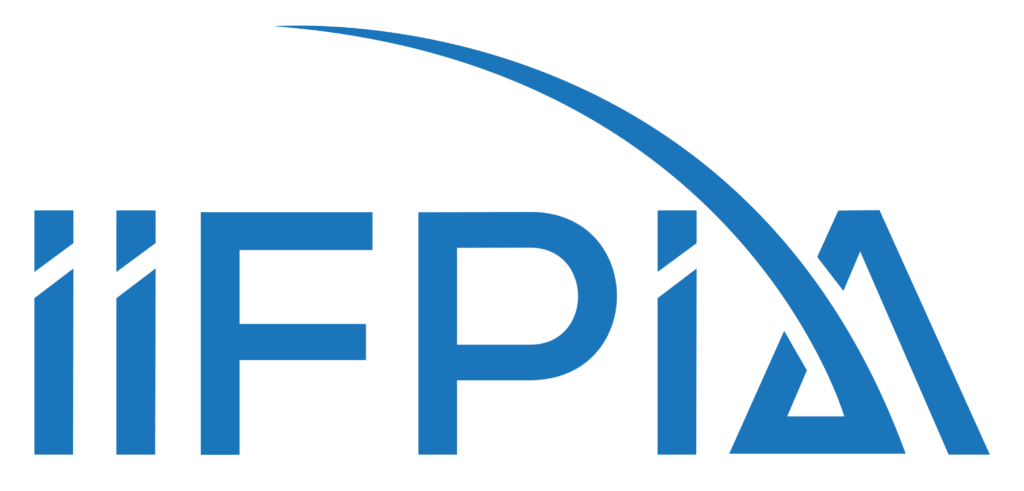Introduction
A lot of businesses fumble because they don’t know how to prepare a cash flow statement. Many companies wish there was a direct method for developing a cash flow statement. The cash flow statement is the main document that you can use to determine the health of your business. This article will guide you on how to prepare a cash flow statement and various examples of a cash flow statement.
The cash flow statement is an important financial document that gives an indication of the health of a business at a particular point in time. A business should strive to be able to accurately predict the cash flow statement and keep it as accurate as possible. This will also enable the business to make better financial decisions.
What Is A Cash Flow Statement
The Cashflow Statement (CFS) is a summary of the cash flowing in and out of the company. In other words, it is a financial statement that shows the cash and cash equivalents entering and leaving the company. The word Cash flow basically means cash that is flowing inside and the cash exiting the company. So, what do cash and cash equivalents mean? It actually means the items of the statements that can get converted into cash or cash itself. CFS helps the company to find out how much cash is present in today’s time. Basically, it means how well the company is generating cash to pay off its debt and other duties. But, a question arises, How to prepare a cash flow statement using the financials of a company? Well, we’ll check it out later.
The Cash flow statement proves to be very useful for investors. Investors can use the Cash Flow statement to understand where the money comes from and leaves the company. It also helps the investors to figure out which company is doing financially well or not. Creditors can also use CFS to determine how much cash is available to the company. Also, how much cash is available to pay the expenses. And you can also use the rest of the cash to pay the debts of the company.
Components Of CFS
Cash plays an important role in the daily life of a business. You can use cash to pay the expenses of a firm. The firm needs cash to pay different expenses like payments to the suppliers, buying assets, paying salaries, wages to the employees, etc. Basically, just like blood is a lifeline to a body, even cash is to a business. Thus, it is very important for a company to keep the right amount of cash with them. If a company doesn’t have cash, it won’t be able to continue its operations. An example of a Cash flow statement will make it easy to understand the cash flow within the company. There are various components of a Cash flow statement. Let’s check it out.
Cash From Operating activities
Before understanding cash from operating activities, let’s understand what operating activity means. In simple words, Operating activities basically mean day to day activities of a business. These are the lifeline of a business. It basically tells how cash gets generated from the daily activities of a company. In simpler words, it shows how much money a firm has made out of its products or services. There are some items included in Cash from operations. Some are listed below.
- Cash from the sale of goods and services
- Amount paid as interest
- Money paid as Income Tax
- Cash paid to sellers
- Amount paid to employees in the form of salaries, wages.
- Rent paid
Cash From Investing Activities
Another great source of cash flow is investment activities. CFS is a great source to determine how a company manages its cash. Basically, it acts as a detector. It tries to find different sources from where money can get generated. There are various sources from where you can get cash from an investment. You need to remember that cash from an asset gets included only when you sell an asset. For example, assume a company has a van and they decide to sell it. Because investment activities mostly involve cash outflows, the sum of this part is generally negative. Now that the company sells it, the income or the cash gained gets included in the cash flow statement. Here is the list of items that get included in the cash flow statement.
- While buying or selling an asset
- Loans made to vendors
- Cash received from customers
- Changes in the assets
Cash From Financing Activities
The last source of cash is from financing activities. It is a source of cash that we can use to invest in non-current assets. That’s the main source from where cash comes from. Financing basically involves the cash inflows of a company. In other words, it means from where the company is financing itself. When capital gets raised, we call it Cash in for the company. And when you pay the dividends, you name it as cash out for the company. There are many sources from which a company fuels its pockets. The total usually comes out to be positive. The method used gives a direct way for the Cash flow statement. Here is the list of the different sources of cash from financing activities.
- Cash from banks and investors
- Payment of dividends
- Cash paid for repayment of the loan, etc.
How To Prepare The Cash Flow Statement
You might be thinking, what is the difference between the direct method and the indirect method of cash flow statement? Well, you’ll get your answers here. Keep on reading further. In general, there are two methods for calculating cash flow statements. The direct cash flow method of CFS uses only the cash transactions where you spend cash and receive it. Whereas in the indirect Cash flow method, you take net income as the base. Thus, it adds or subtracts changes in assets and liabilities. Now that you know about what a cash flow statement is, let’s explore how can you prepare a cash flow statement. Here are some methods of preparing cash flow statements given below.
Direct Method Of Cash Flow Statement
The direct method from its name suggests that it is a straight route taken for the calculation. In the direct method of cash flow statement, there are two columns prepared. One is Cash receipts and the other is Cash payments. The direct method includes items like the total cash receipts, payments to suppliers, cash from clients, and cash paid as salaries. The main difference is that it does not include depreciation as an expense. This method is also less famous within the industry. Thus, it is suitable for very small-scale businesses.
Indirect Method Of Cash Flow Statement
Many companies prefer using the Indirect method of cash flow statement. Now you will be thinking, Why is this method more popular than the other? What makes it different? Well, there is a huge difference you need to know. It also depends on how you prepare the cash flow statement. Basically, many companies use the normal accounting method i.e Income statement. They only record the money you earned not what you receive. But, some items in the Income statement are not actually cash items. In other words, cash is not earned from them. They are just written as an item. The indirect method usually tries to adjust the net income. It adds and subtracts non-cash items from the statements. The non-cash items usually try to show the changes in the company’s assets and liabilities from one year to the next.
Advantages Of Cash Flow Statement
A cash flow statement tries to predict the financial position of a company. Transactions that raise the entity’s cash position are referred to as inflows of cash. Those that lower the cash position can refer to them as outflows of cash. There are various advantages of Cash flow statements. Let’s check it out
Shows Actual Position
The main advantage of CFS is that it shows the cash position of a company. The cash flow statement basically tries to predict the actual cash position of a company. In other words, it tells how much cash a company is having in the present time. It indicates the real cash position accessible with the firm between the two balance sheet dates. These cash flow and profit and loss accounts are unable to provide. Thus, you should prepare a Cash flow report if you want to know about the company’s financial condition.
Making Accurate Projections
It helps the company in making correct predictions regarding the company’s future financial condition. Therefore, prepare for any shortage in money by making arrangements in advance. And if there is extra cash, it may help the company in earning extra return out of cash not used. This helps the company set an example and make correct decisions of a cash flow statements.
Limitations Of CFS
The cash flow statement proves to be a useful tool for financial analysis. Financial Analysts can decide on how to prepare a cash flow statement using the following methods mentioned above. Although there are some pros, it also has some cons. Just like a coin has two sides, so does CFS. The limitations of the Cash flow statement are as follows.
Ignores Non-Cash Items
The cash flow statement ignores the non-cash items. Now, you will be thinking, What are non-cash items? Non-cash items are items that are recorded in the statements but the expense is not actually incurred. There are just recorded for the sake of transactions. For eg, Depreciation is the best example to give. Just like when depreciation incurs, there are two effects. The first is that the asset value will decrease and net profit will reduce. But actually, we do depreciation because the value of an asset reduces with time. So, we are creating an expense. But there is no loss of cash happening. Thus, we call it a non-cash expense.
Only Predicts Cash Position
This is the most common con of a cash flow statement. Well, the CFS only tries to predict the cash flow situation, not the overall financial situation. It simply provides a cash position. Thus, it is impossible to calculate the company’s real profit and loss from this statement alone.
Example Of A Cash Flow Statement
Now that you know how to prepare the cash flow statement, let’s understand the example of a cash flow statement of a company. Here is an example of a cash flow statement of Apple company. The Cash flow statement is prepared using financial data from InvestingGuru.
What Does a Cash flow Statement say about a company?
Just like air is needed for breathing, even a company requires cash for its daily activities. A cash flow statement determines the health of a business. It is also necessary for an investor. You might be wondering how? Well, for an investor how much cash a company creates is very important to know. If you want to attract an investor, he will see your cash flow statement. It helps to determine how much cash a company owns. For eg, assume a company has cash inflows of $25000 and outflows of $20000. You can predict that the company now has $5000 in hand. And this money can be used for various purposes. Another benefit is that it allows you to spot any increase or decrease in the cash flows as compared to the past year. If you notice any, you can take the right actions at the right time.
Accounting Software used for creating CFS
When a company is doing well, the cash flow increases. There is an exception to the rule. Yet, there might be some companies where cash outflow is more than cash coming in. There are many CFS software available in the market. You can use them for making the Cash flow statement. Here is the software as follows.
AccountEdge Pro
Small-scale businesses and companies use AccountEdge Pro. It tracks all the transactions so that you can create a correct cash flow statement. AccountEdge Pro uses the indirect method to prepare CFS. It offers one-time pricing with a single-user license running $149, with additional licenses extra. If you wish online access, you can purchase AccountEdge Priority which starts at $50/month.
Sage 50cloud Accounting
Sage 50cloud Accounting is a flexible software solution for small and developing companies. It is available in three plans. Sage 50cloud software provides billing and payment features. It also allows managing customer data. There will be automatic bank flows, purchase orders, and strong reporting choices. Sage 50cloud Accounting offers three plans: Pro, at $278.95 annually, Premium, which is $431.95 annually, and Quantum, with pricing available from Sage.
Xero
This Software also offers similar features to that of Sage 50cloud software. There are just minimal changes done. Xero offers three plans: Early, Growing, and Established, with the Early plan available for $9/month, while the Growing plan runs $30/month, and the Established plan is available for $40/month.
Conclusion
A cash flow statement tries to predict the financial position of a company. This article tries to show through an example how to prepare a cash flow statement. It also discusses the direct method and indirect method of cash flow statements. You can also use different accounting software to prepare CFS. As one can see from above, even a cash flow statement has some advantages and disadvantages. In the end, balancing both, create a cash flow statement that will help a company understand its current cash position.





